
News & Blog


Around the World in Aviation Training – Motorflugschule Egelsbach
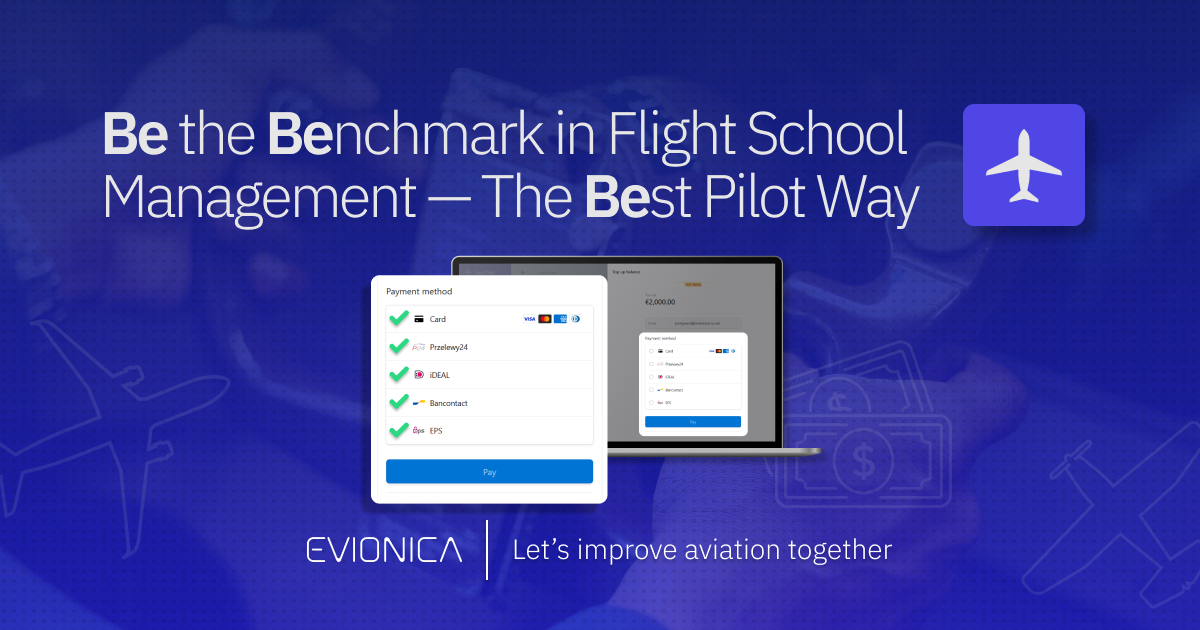
No More Chasing Payments: How Stripe Integration Simplifies Flight School Finances
With our new integration of Stripe Payments, flight schools can now manage student payments with confidence, clarity, and control. Read on to discover how awkward payment chases are no more, how cash flow is better managed, and find out how to give your admin team one less thing to worry about.
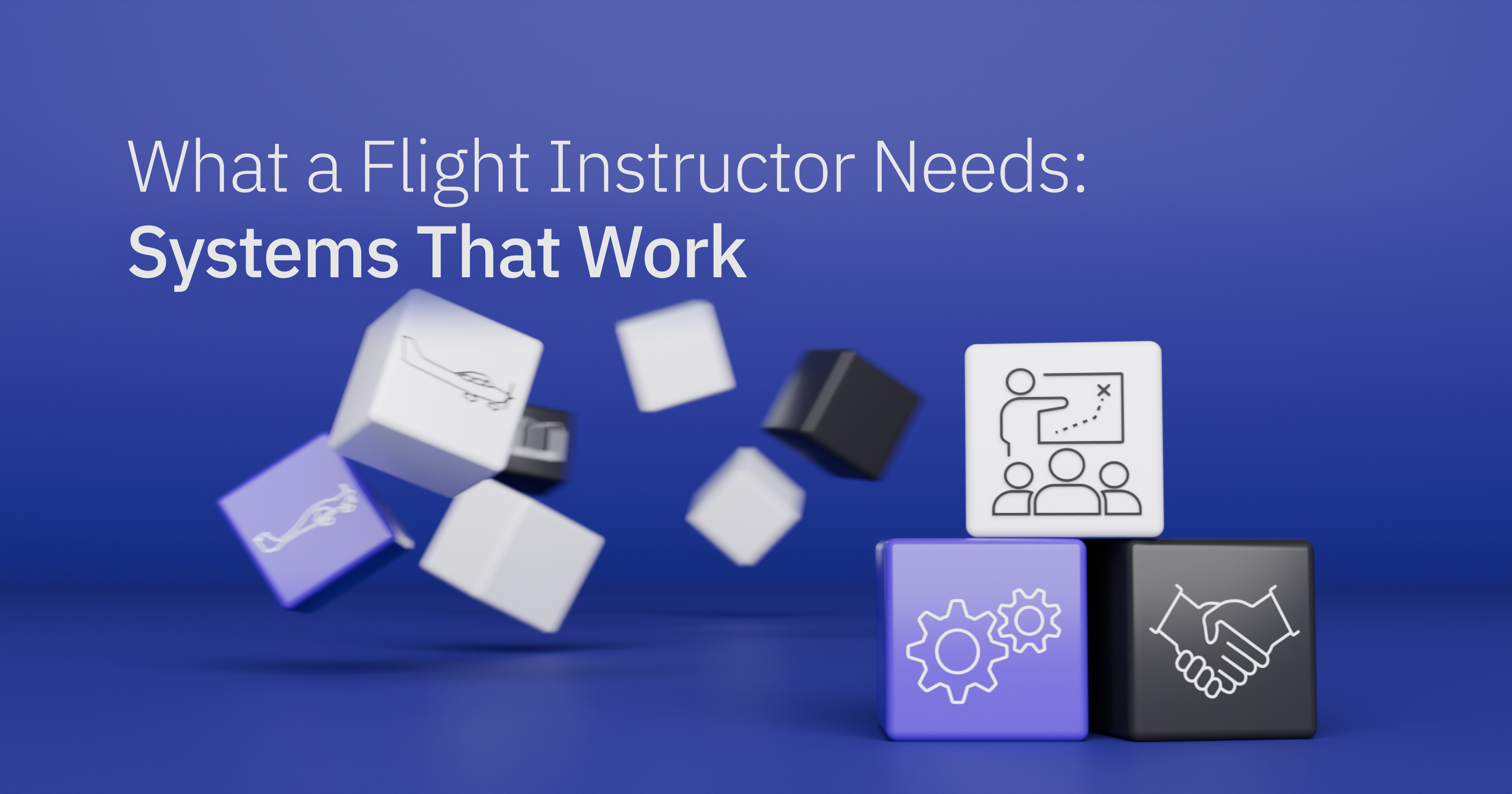
What a Flight Instructor Needs: Systems That Work!
Being a flight instructor sounds like the perfect job. Doing what you want 365 days a year, financially lucrative, emotionally rewarding, and getting paid for taking off and touching down with your students. At least that's how it's often perceived from the outside, but is it really that perfect? Can anything really be that perfect? We'll start by taking a look at the myths vs. the sometimes grim reality flight instructors frequently face.

Aviation Leaders Join Forces to Modernize Pilot Training in Germany
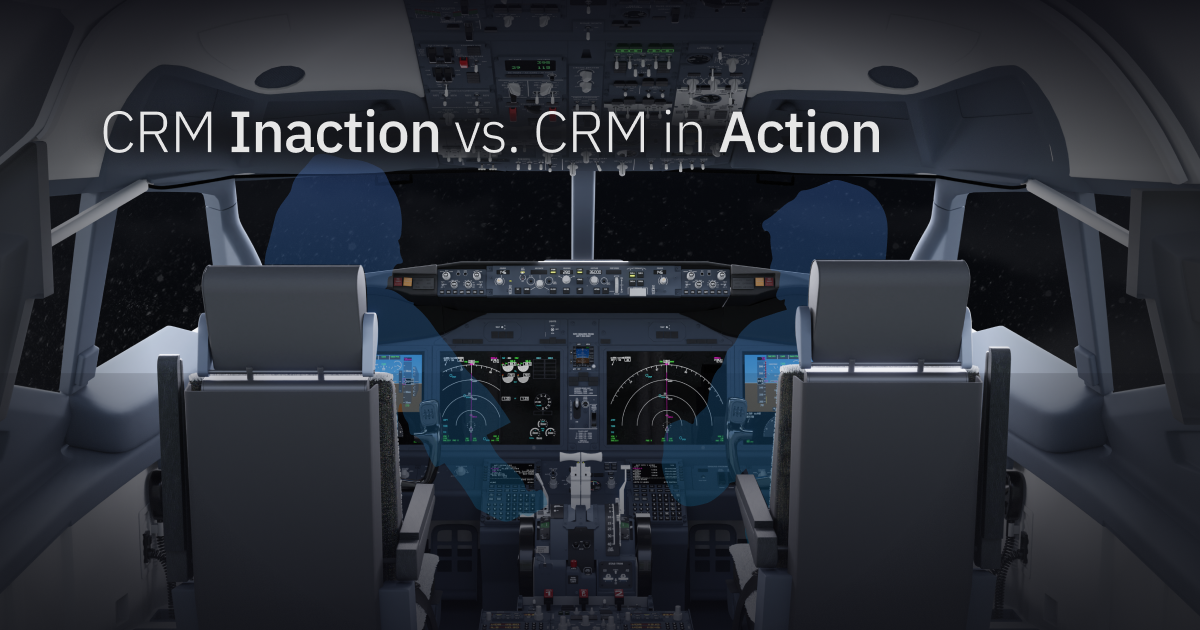
CRM Inaction vs. CRM In Action: Why Crew Resource Management Matters
What connects Swiss cheese with decision-making and stress management? Clue: it's not the plight of an Alpine dairy farmer whose cows aren't yielding as much milk as in previous years. These are all things you will learn about as part of Crew Resource Management (CRM) training. Even though these might seem trivial, amusing, or at times bizarre, these are components of a CRM course that have saved many lives and improved overall safety since its formal development in 1979 and widespread adoption in the early 1980s.
.png)
Defining the Future of Flight Training: Air4 & Best Pilot
Air4, a leading Polish flight school from Gliwice, which offers flight training from PPL(A) to ATPL(A), has partnered with Best Pilot to enhance its training process with Best Pilots's advanced Flight Training Management Software. This collaboration ensures smooth operations and an exceptional and modern learning experience for students.
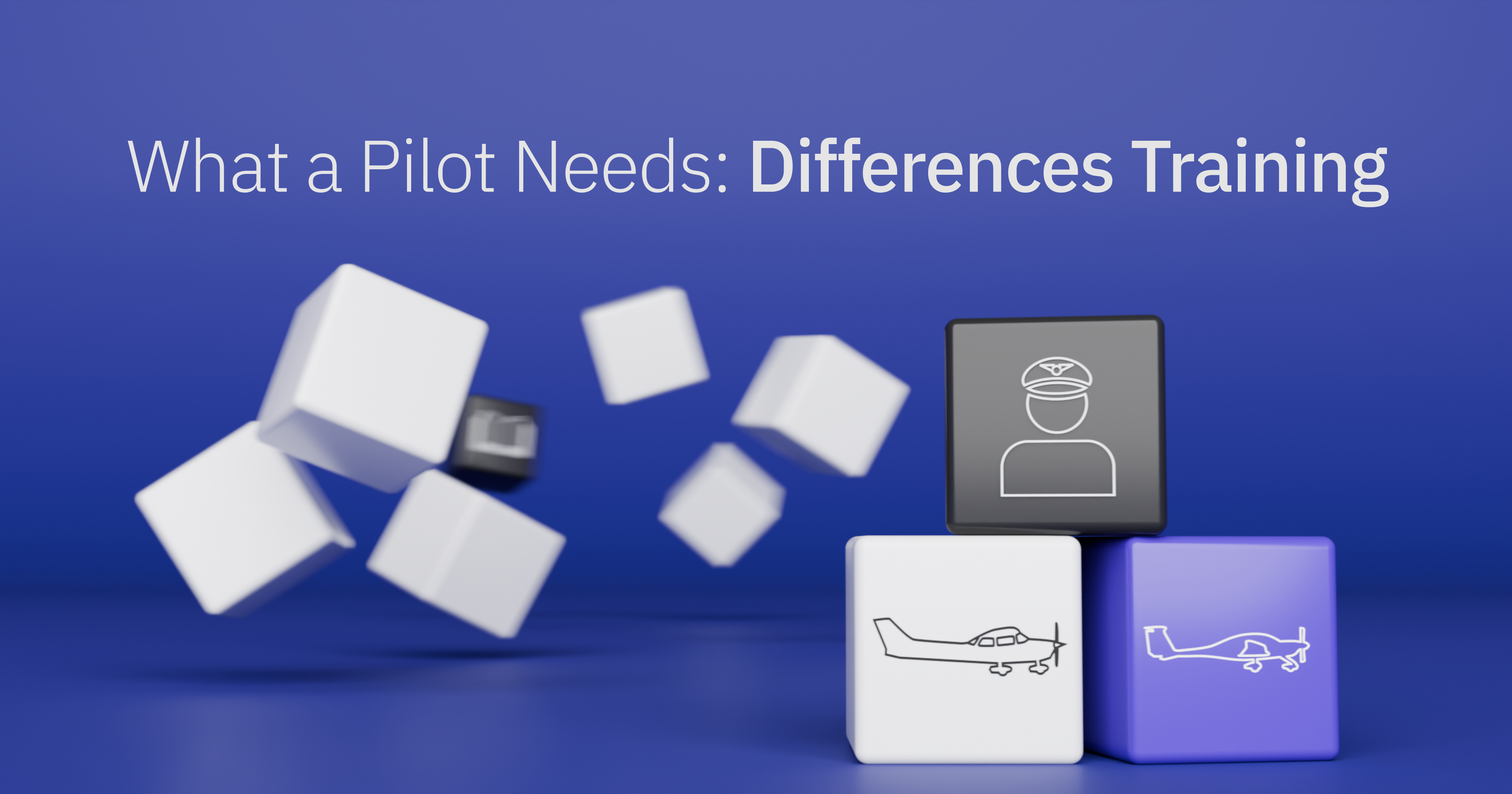
What a Pilot Needs: Differences Training
I Trained on a Cessna 172 — Can I Fly a Diamond DA40? You're an experienced pilot, yet you will never grow tired of that exhilirating feeling of soaring high in your Cessna 172. She's been a true friend to you, but your head has been turned by a brand-spanking new Diamond DA40, there's nothing stopping you from switching from one to another, is there? After all, they're both single-engine aircraft powered by piston engines and both include glass cockpit systems like Garmin G1000. So, can you just hop from one aeroplane to another? Legally and practically, the answer is: not without Differences Training. Let’s see what this involves and why it’s essential for pilots, instructors, and Chief Theoretical Knowledge Instructors (CTKIs) who oversee training standards.

Malev Aero Club Delivers Flight Training Excellence with Best Pilot!
We're kicking off the new year with exciting news! We're thrilled to announce that 🇭🇺 Malév Aero Club is now using Evionica's Best Pilot App for their flight training management, but why exactly?
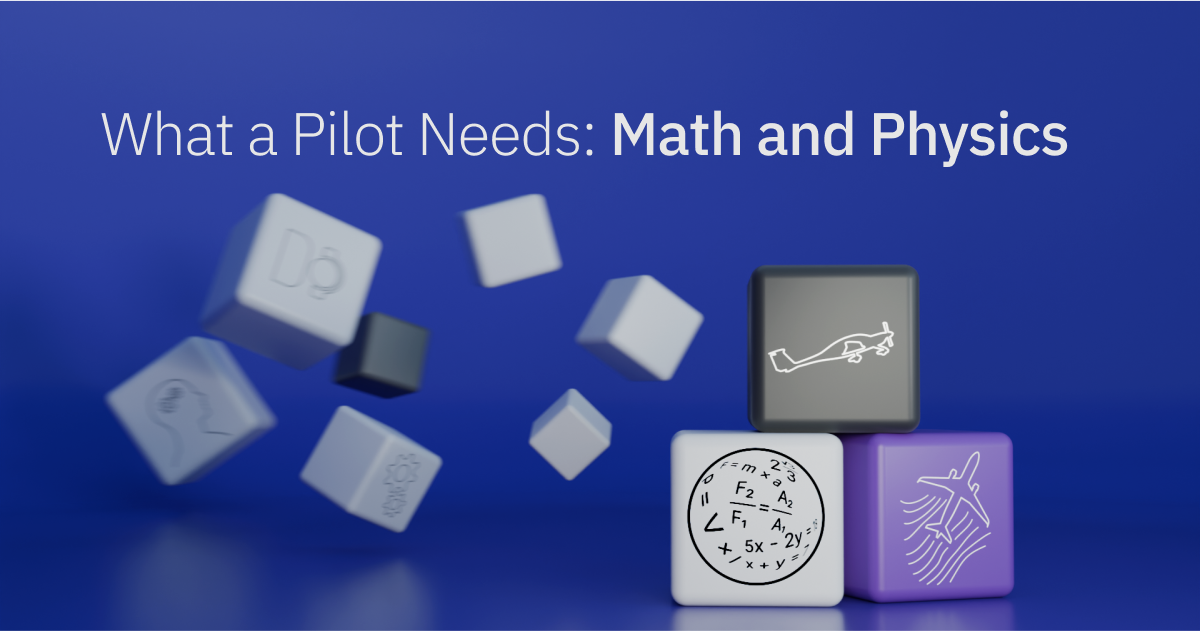
What a Pilot Needs: Math and Physics
It's rare to find someone with a lifelong, unchanging ambition. Reality doesn’t just bite—it gnaws, chews, and swallows dreams whole. For example, this writer’s dream of winning Wimbledon was dashed by none other than Mr. Federer—not to mention an aversion to physical exercise and a love of fast food. Now, imagine the thoughts of a young person dreaming of becoming a pilot. They see themselves confidently striding to the cockpit, shoulders back, with a determined look and looking like a million dollars in their uniform. But oh! First, they have to face what they need to learn:
